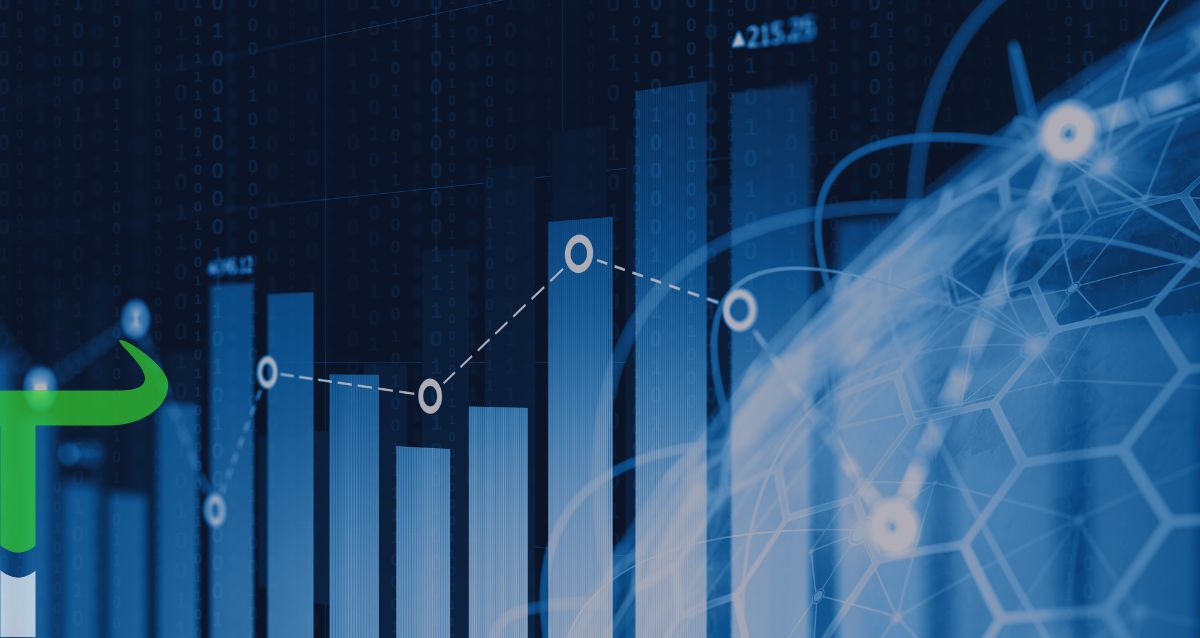Managing the lifecycle of a structured product from execution to maturity is key to delivering an optimal customer experience. At any given time, a customer might inquire about whether their investment has increased or decreased in value, so distributors such as wealth managers or private banks need easy and immediate access to performance data. Without it, they risk damaging the relationship with their customer.
What is lifecycle management?
While lifecycle management starts before a trade is executed, in this article we focus on the three activities that occur post-trade:
- The distributor must calculate the value of a product so it can deliver timely and accurate updates to customers
- If the underlying asset generates an income, the distributor has to issue payments
- If the value of the underlying asset rises by the time the derivative used to construct the product expires, the distributor must settle the investment
Lifecycle management for structured products is similar in some aspects to other types of investments, but it’s complicated by events which influence the outcome. Take an auto-callable for instance, a popular type of structured product which matures early and pays a fixed return if the underlying asset closes at or above a specific level on a set date, an event known as a kick-out. Barriers are built into an auto-callable to provide downside protection in case the value of the underlying asset drops below a certain level (usually expressed as a percentage). Hence a distributor must monitor the product, so it knows when a kick-out is pending or if it’s about to breach a barrier. Coupon payments are an example of an event affecting other types of structured products that a distributor might have to track.
The challenges of managing the lifecycle of structured products
Unless a distributor has a sizeable treasury department with the necessary IT infrastructure, lifecycle management comes with challenges. Firstly, manual processes can be resource-intensive and inefficient. Modelling the performance of potentially hundreds of products on an Excel spreadsheet and then keeping them updated may occupy the time of two or even three members of the investment team.
To make matters more complex, distributors typically sell structured products issued by different manufacturers. These manufacturers may take responsibility for managing the lifecycle of the products they issue, but they operate separate portals. As a result, the distributor needs to log into multiple portals to access the data required to monitor the products held by their customers and produce reports.
The Futora solution
Futora’s platform automates lifecycle management by gathering data from different issuers and making it easily accessible from a single dashboard. The distributor can click on an individual product to track its performance and receive a consolidated view of all events that could affect its outcome.
Automating this process frees up resources, allowing distributors to dedicate more time to bringing in new business and delivering an optimal experience to existing customers.
To learn more about how Futora’s platform can help your wealth manager or private bank manage the lifecycle of structured products, arrange a demo today.








